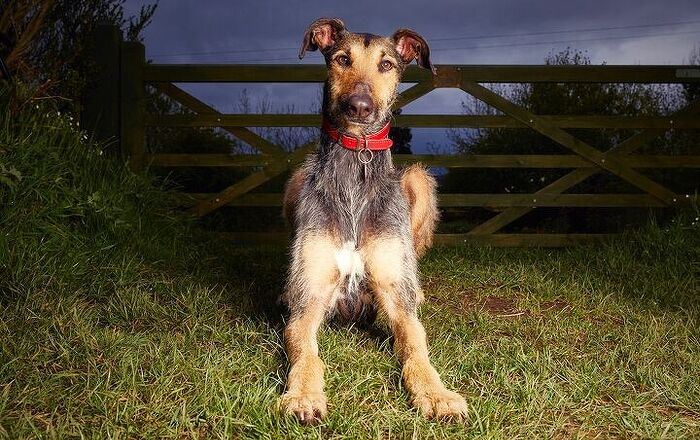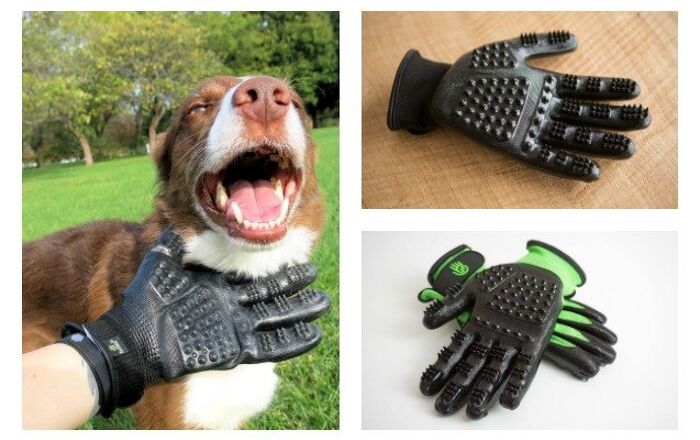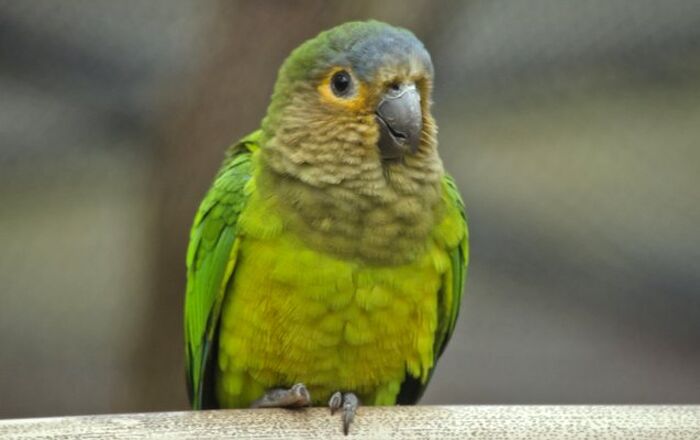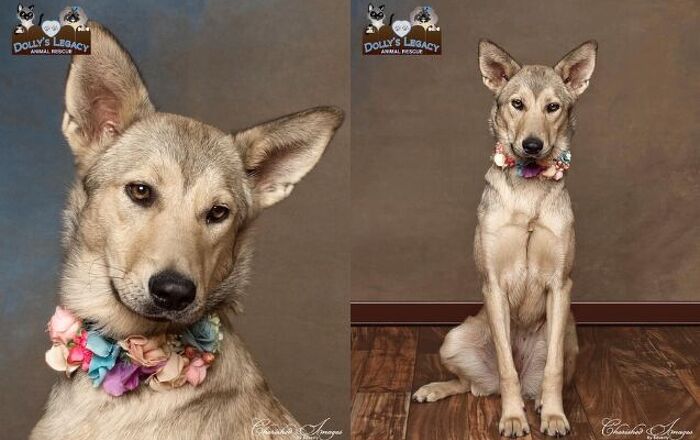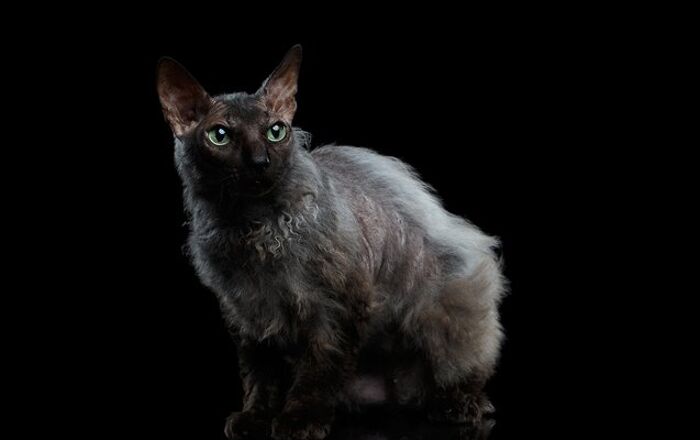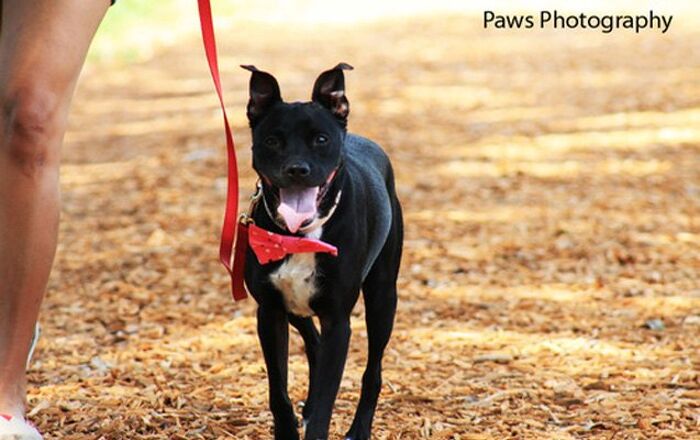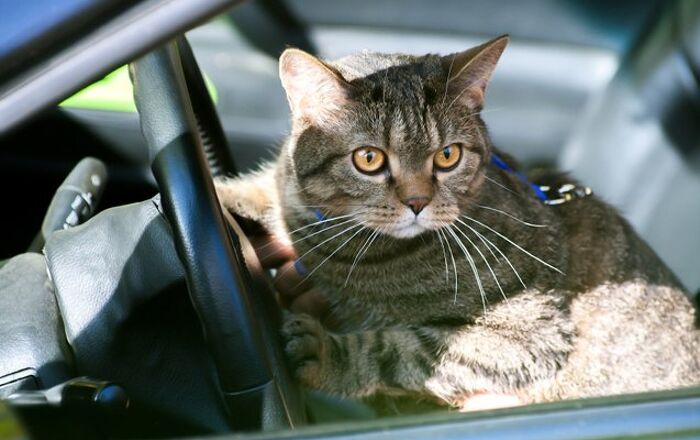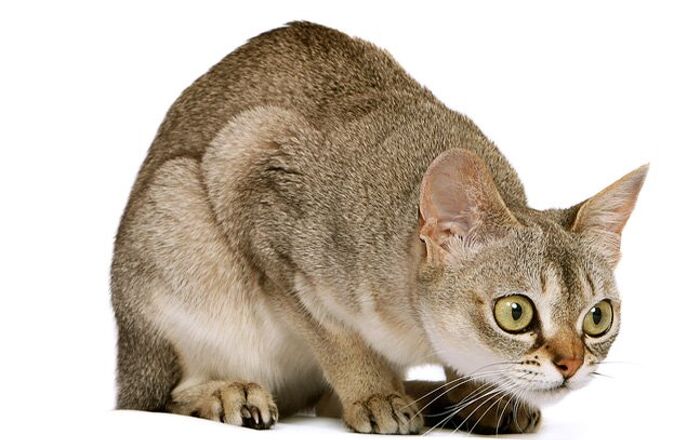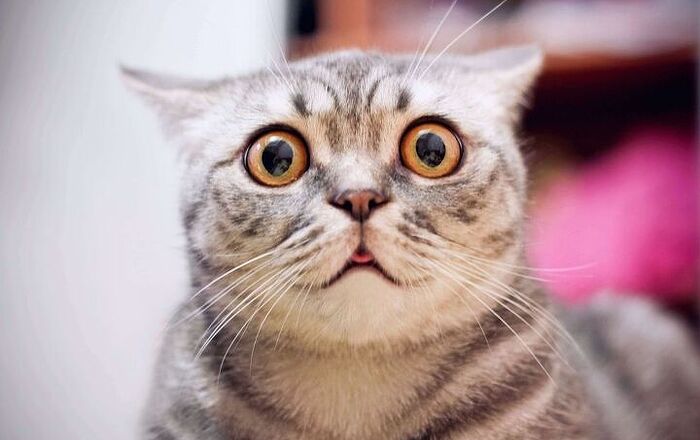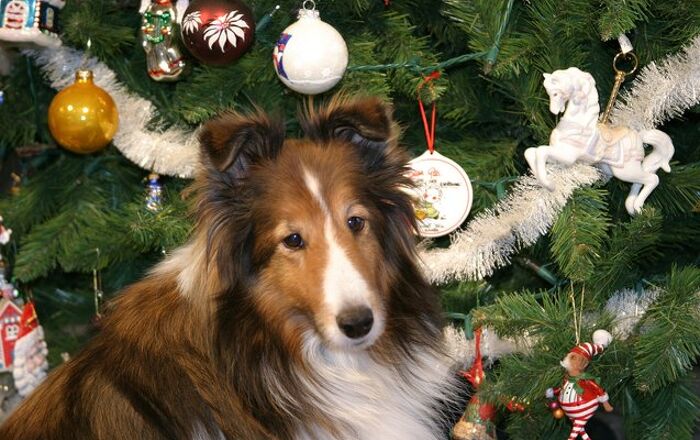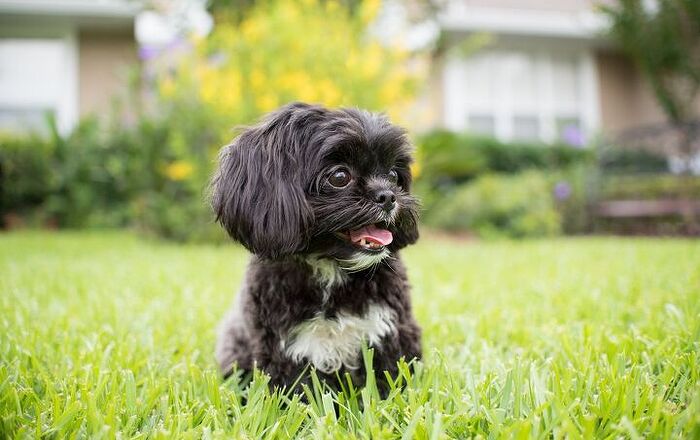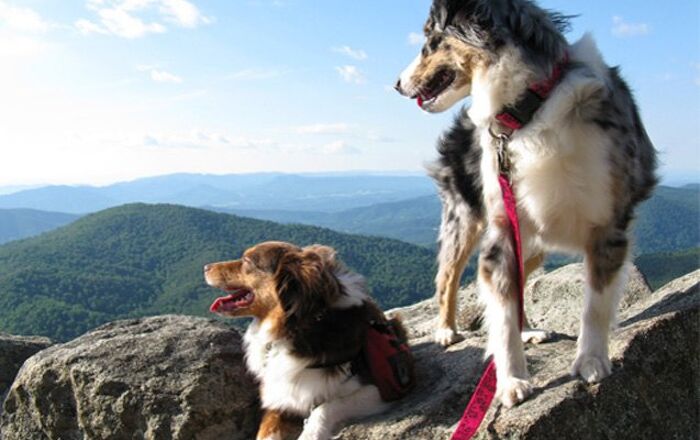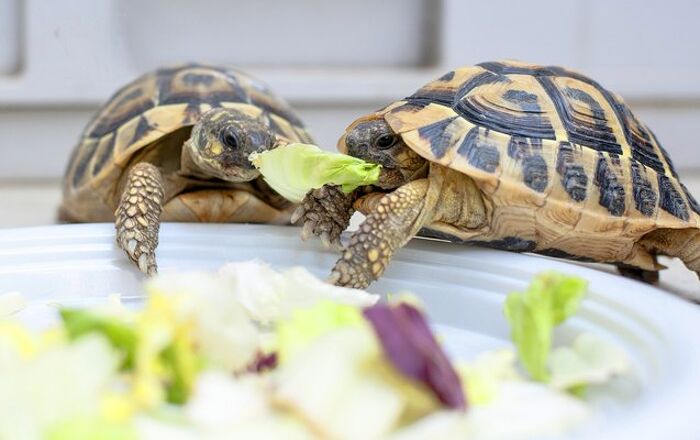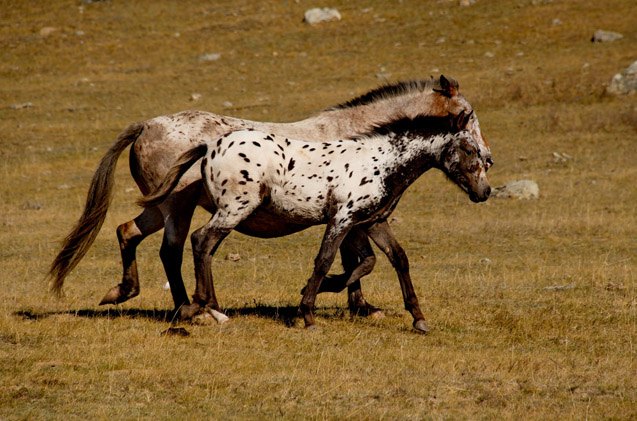
Altai Horse Breed History
The Altai horse is also known as the Alta’s Kaya horse, and the name Altai is derived from the breed’s place of origin, which is the Altai Mountains in Central Asia. This is one of the oldest equine breeds, as these surefooted, strong horses were bred, raised, and used as packhorses and mounts by the nomadic people of the area hundreds of years ago.
The environment in which the Altai horses lived was cold, harsh, and bleak, so the breed has adapted over time in order to endure the difficult climate and conditions of the mountainous region. Their constitution became hardy and they developed high amounts of endurance and strength, especially because the nomads did not take care of them and instead left the horses to take care of themselves. As a result of this long history and adaptability, the Altai is also considered one of the hardiest equine breeds on the planet today.
Although the Altai horses were pureblooded initially, there has been some crossbreeding in the breed’s more recent history. More specifically, in the early part of the 20th century, the Soviet Government decided to improve the breed by crossing it with other Russian breeds, such as the Russian Don horse and the Orlov Trotter horse. As a result of the breeding program, the Altai horse became even bigger while still maintaining its hardiness.
In addition to the animals that have been used for breeding, Altai horses continue to exist today in their original, native form in the Altai Mountains.
The Altai horse is also known as the Alta’s Kaya horse.
Breed Traits
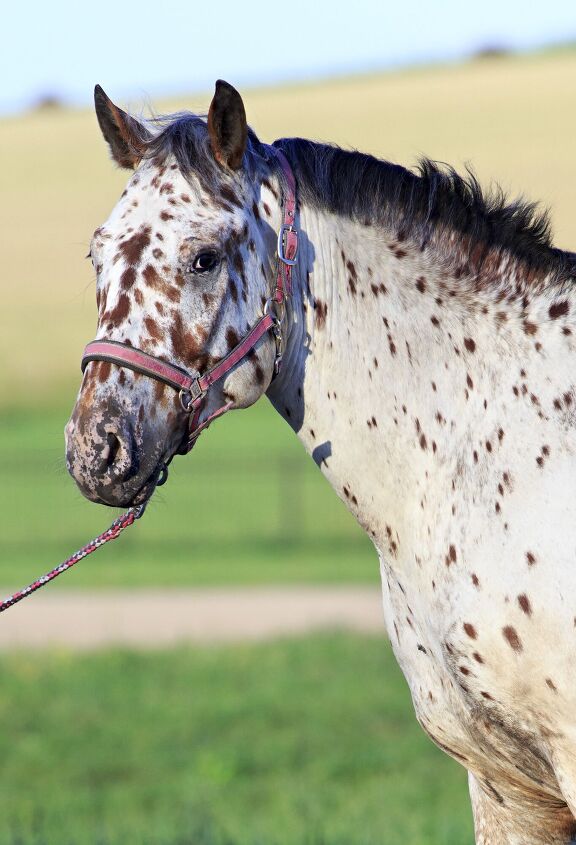
Altai horses can be described as gentle animals that are easy to handle, as well as easy to take care of because they have adapted to be able to fend for themselves even in the harshest outdoor conditions.
When it comes to their personality, these unique horses are generally considered hard working, so it usually does not take a lot of effort to get these horses to work with you. They are also considered sensible, stable, and true animals that are trustworthy and dependable. Therefore, they could make wonderful companions for all levels of riders and trainers, as well as anyone who is searching for a great horse breed that could help with work tasks or just be used for general riding.
The Altai is one of the oldest and hardiest equine breeds.
Overall Description
Altai horses have evolved to show incredible strength and surefootedness, particularly over rough terrain like steep mountain trails or rapidly moving streams and rivers. These horses are sturdy and they can survive in the toughest weather conditions as well. As a result of their adaptations to their environment, these animals have well developed tendons, muscles, and lungs, as well as a strong heart.
When looking at an Altai horse, you will note that they feature a profile that is slightly dished, along with a head that is large and coarse but average in terms of length. You will also notice a neck that is relatively short and fleshy, as well as eyes that are small. And these horses will have a well developed croup, short but strong and well set legs, and a strong back that is slightly dipped and long. Plus, when checking their hooves, you will notice that they are sound and strong as well.
Altai horses show incredible strength and surefootedness.
Colors
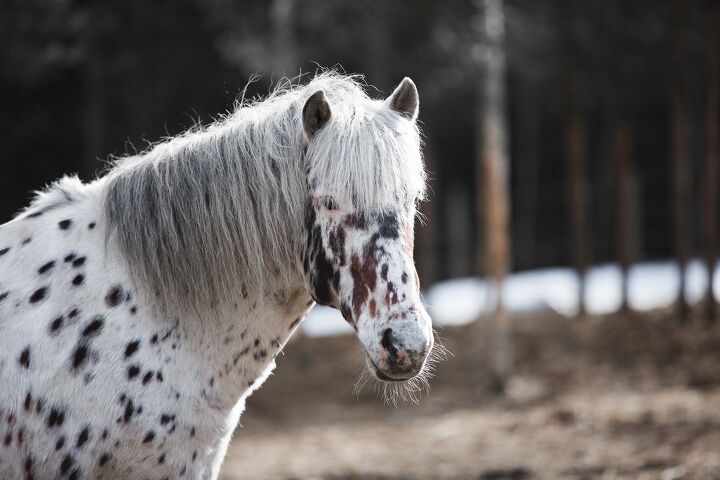
The Altai horse will usually feature a coat that is gray, black, bay, or chestnut. As a result of the breeding program that has been used to improve these horses, the Appaloosa pattern has largely been lost; however, you might sometimes see an Altai horse with a leopard spotted pattern that features black spots.
Grooming Requirements
Because the Altai horse is not tall, it might be easier to groom this horse compared to grooming other breeds. And you can use the same routine to groom your Altai as you would use for any other equine. For example, when your Altai becomes too dirty for a simple brushing session, you could bathe him with a gentle equine shampoo.
When brushing your Altai horse, you could use a variety of tools to get the coat totally clean, smooth, sleek, and soft. For example, you could start with a curry comb, which will come in handy when you need to remove a lot of debris, dirt, and loose hair from the horse’s coat. Using circular motions will allow you to get the job done efficiently before you move on to using a dandy brush to remove even more dirt and loose hair. Then you could use a body brush to thoroughly clean the more sensitive areas on your Altai’s body, such as the head and the lower legs. Finally, using a mane comb and a tail brush will let you detangle the hair and clean it so that it will be smooth and attractive. And after you use a hoof pick to thoroughly clean out the hooves as you check them for infections and injuries, you could also use a moistened cloth to clean around the delicate ears and eyes.
Photo credit: yykkaa/Shutterstock; kaikups/Shutterstock; Sayera/Shutterstock

